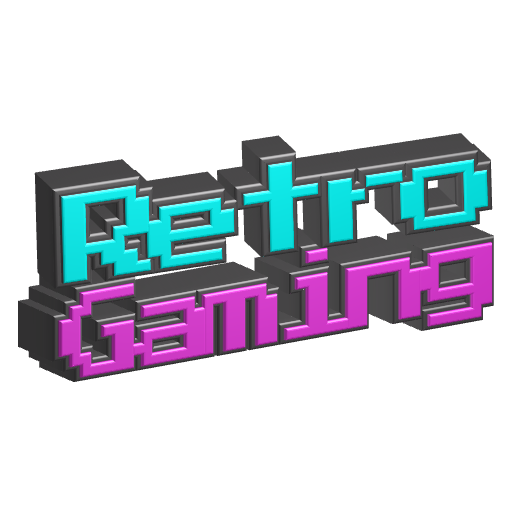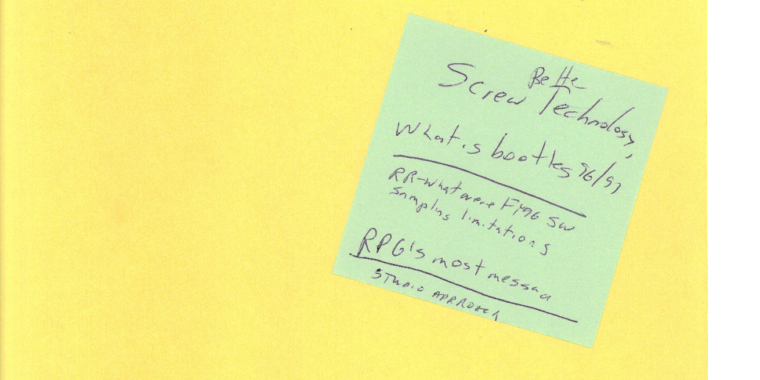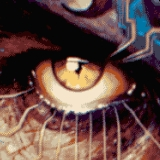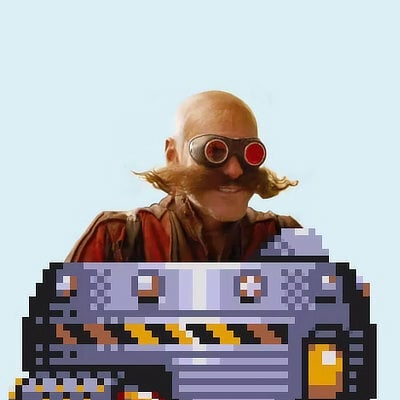I know most of this is common knowledge for most Sega nerds like myself but this was a really interesting write up. I can only dream what could have been if Sega made different decisions back then.
I don’t think anything was going to save the Saturn; the hardware was too specialized.
Well, the 3D wasn’t the best and it lacked the “true” transparencies that helped both 2D and 3D games (something other consoles had). It also didn’t have the video processing of the PSX.
Bad hardware design (with its difficult development) is what helped tank it. It had a great head start in sales, but quickly lost out to the PlayStation.
I know it had some decent 2D games available (the Saturn version of X-Men vs. Street Fighter is the only one that was nearly arcade-perfect), but what exactly was the hardware specialized for?
Yeah, funny enough it really sounds like Sega pulled a PS3 more than anything with the Saturn. The hardware was simply more powerful than the PS1 from what I’ve read. However, Sega made it so that polygons were drawn with 4 sides instead of 3. This made for wasteful calculations. It was an early idea in 3d computing and Sega backed the wrong horse and it was brutal for devs. Compare this to Sony who (comparatively) made such great tools for development that a well trained chimp could probably make one. It was never going to be a fair battle.
Great link. Neat!
As a Sega loyalist, I saved all summer for a 32X, only to find stores stocking nothing but SegaCD games.
So I saved longer and bought a SegaCD. The SegaCD launch titles I bought weren’t good, and the stores were already stocking nothing Sega but Dreamcast games by that time.
So, like many others, the SegaCD was the last Sega system I would buy until the Genesis Mini.
I’ll totally buy a Dreamcast Mini, though. Haha.






